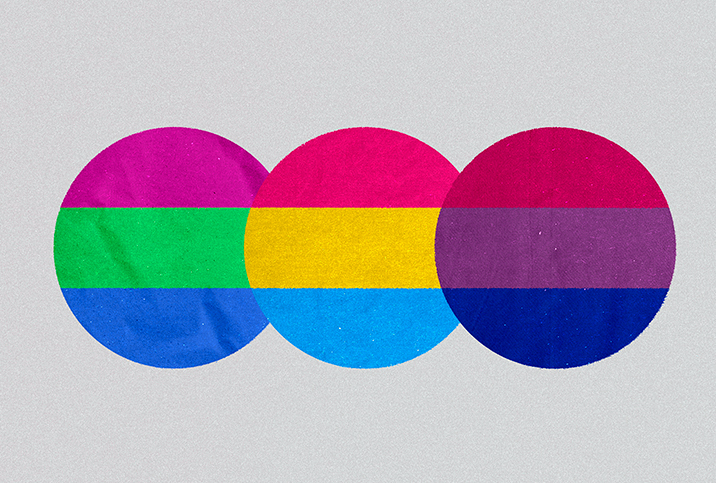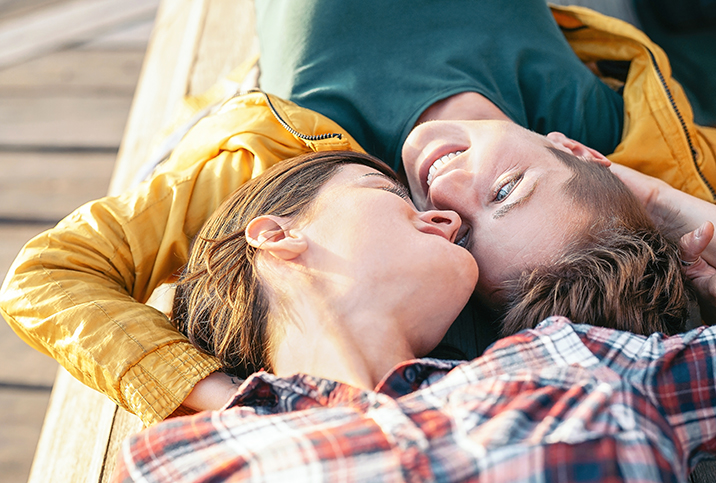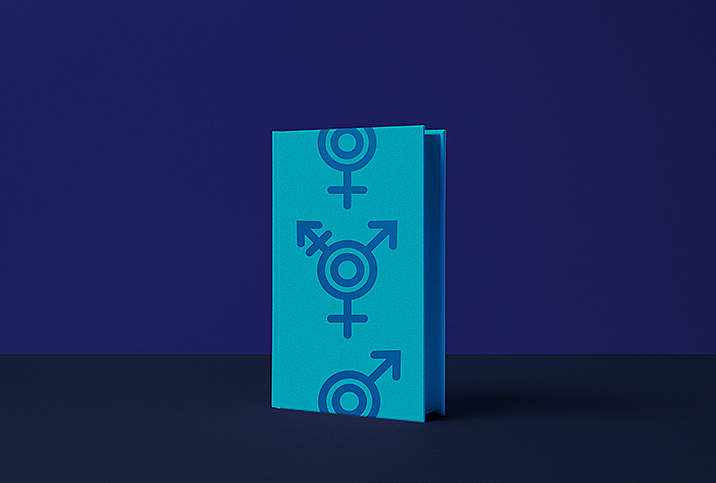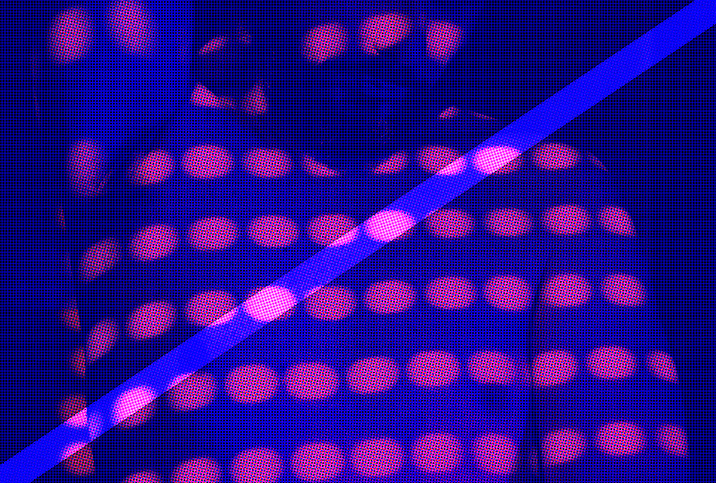A Guide to Bisexuality, Pansexuality and Polysexuality

There's freedom and flexibility in viewing sexuality as a spectrum, but with that can come a sense of overwhelm. It's arguable that as views of sexuality become more expansive, the number of identities that specifically explain someone's place on the spectrum also increase.
In such a vast understanding of attraction, exact labels can help tether and simplify complex feelings. This is the case for bisexual, pansexual and polysexual, all identity labels that people with non-monosexual identities can adopt. Being non-monosexual means experiencing attraction to people of more than one gender.
Therefore, bi-, pan- and polysexual people all share something in common, but all express their non-monosexuality differently.
Defining bisexuality
"Bisexuality is often defined as attraction to more than one gender or attraction to genders like yours and genders different from yours," said Gabrielle Blonder, member of the board of directors for the Bisexual Resource Center, a Boston-based organization whose mission is to connect the bi+ community and help its members thrive through resources, support and celebration.
A common misconception about bisexuality is that the "bi-" prefix refers simply to men and women, thereby making bisexuality exclusory toward nonbinary people. However, this is not the case. In fact, many people are nonbinary and bisexual, such as "And Just Like That…" and "Grey's Anatomy" actor Sara Ramírez.
The "bi" in bisexuality simply represents the two directions of attraction: toward genders like your own and toward genders different than your own. A bisexual person does not have to be equally attracted to the two or more genders that make up their orientation, and they do not have to act on these attractions in similar ways. This feeling is often summed up in the phrase coined by bisexual activist Robyn Ochs: "Not necessarily at the same time, not necessarily in the same way and not necessarily to the same degree."
Pansexuality and polysexuality
Pansexuality, from the root pan-, meaning all, is defined as attraction to all genders or to people regardless of gender. Some people identify as pansexual to distance themselves from the connotations of gender binarism they see in the word "bisexual," whereas others feel the term "pansexual" just fits better than bisexual.
It is common for pansexual people to identify themselves as bisexual in heterosexual contexts, as the term bisexual is more widely recognized and understood. Only when among other members of the queer community do some pansexuals feel comfortable being more precise about their identity.
People who identify as polysexual define themselves as being attracted to many, but not necessarily all, genders. For example, a polysexual person might be attracted to agender (genderless) people, nonbinary people and women, but not men.
Just like bisexuals, polysexuals may have varying degrees of attraction toward the different genders that interest them, which can also ebb and flow with time.
Why it matters
The differences between bisexuality, pansexuality and polysexuality are simple enough in terms of definitions: attraction to more than one gender, all genders and many genders, respectively.
"However, it's important to keep in mind that labels are an extremely personal identity decision, and many people use them slightly differently," Blonder noted. "These identities overlap and also have nuanced differences. The only way to know for sure what a particular label means to someone who uses it is to ask them."
Since all three identities involve attraction to more than one gender, they are often referred to as being under the "bi+" umbrella. The bi+ label unites all non-monosexual people into one community with shared interests and is the largest percentage of the LGBTQIA+ community. In fact, more than half of LGBT people in America identify as bisexual, according to data gathered in 2020 by Gallup.
Despite being in the majority, however, bi+ people have significantly worse outcomes than gay and lesbian people in a variety of areas. For example, they suffer from higher rates of mental illness and poverty.
Negative stereotypes surrounding bi+ people are highly pervasive, as they are often seen as greedy or indecisive, explained relationship therapist Rea Pearson, who is based in Exeter, Devon, in the United Kingdom and identifies as pansexual. Bi+ identities are also unfairly portrayed as "experimental or transition phases" on the way to being gay, instead of discrete orientations that exist independently, said bisexual therapist Aliyah Moore, Ph.D.
The problems that bi+ individuals meet in the face of a biphobic society can only be rectified if the larger public has a better grasp of what bi+ identities entail. Educating yourself on how to be a bi+ ally and understanding the differences between bisexuality, pansexuality and polysexuality can go a long way toward breaking stigmas and stopping the spread of misinformation in everyone's community.


















